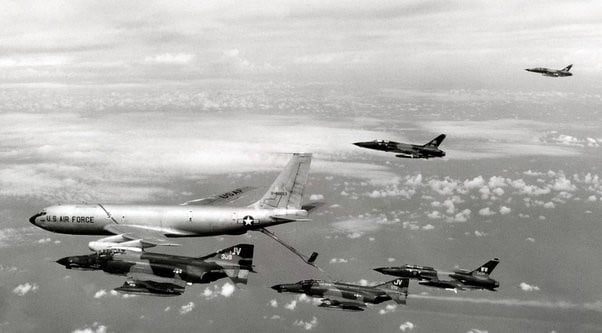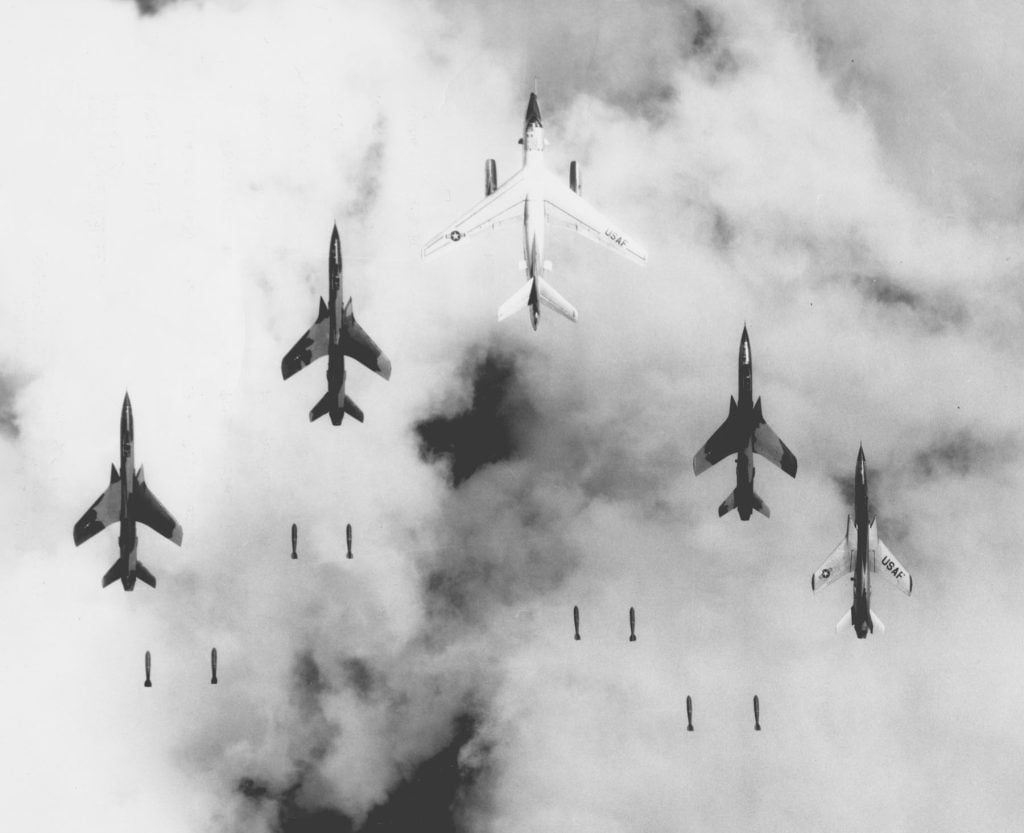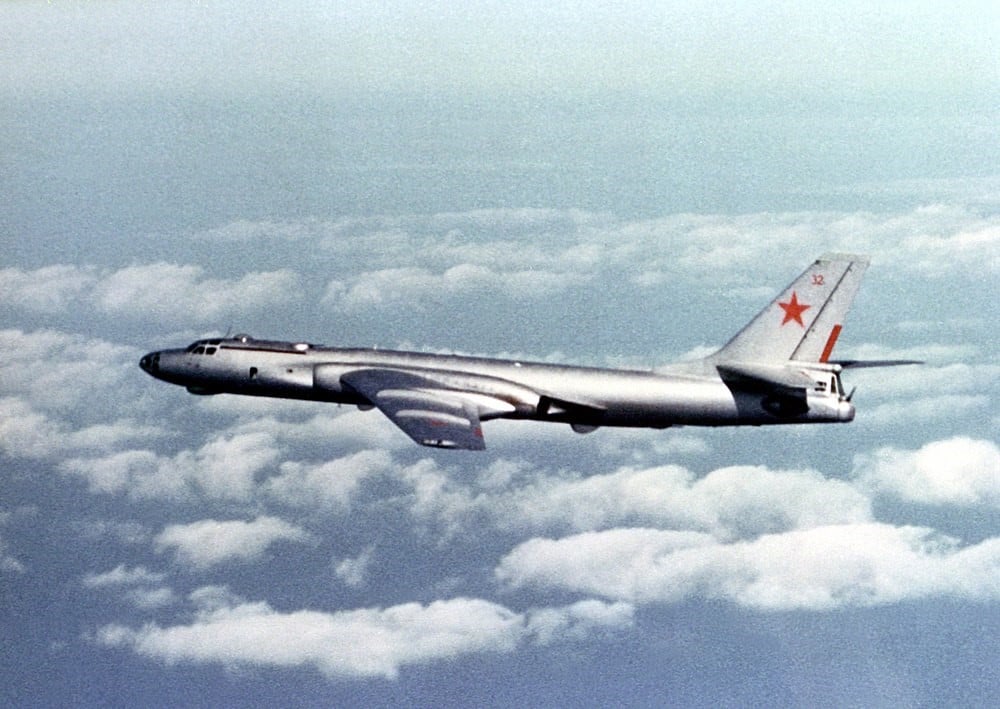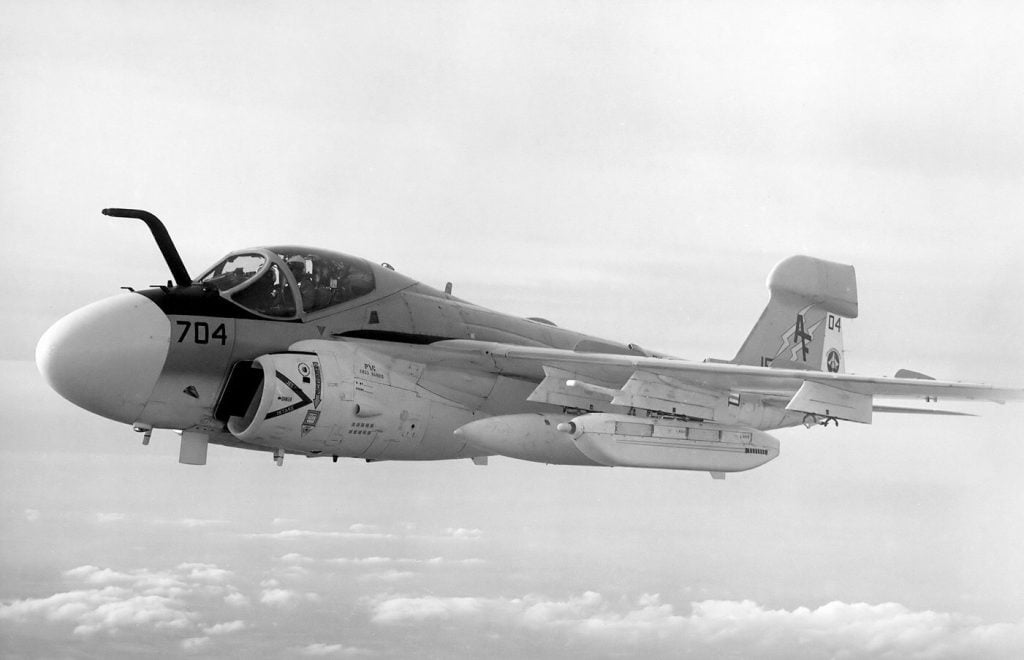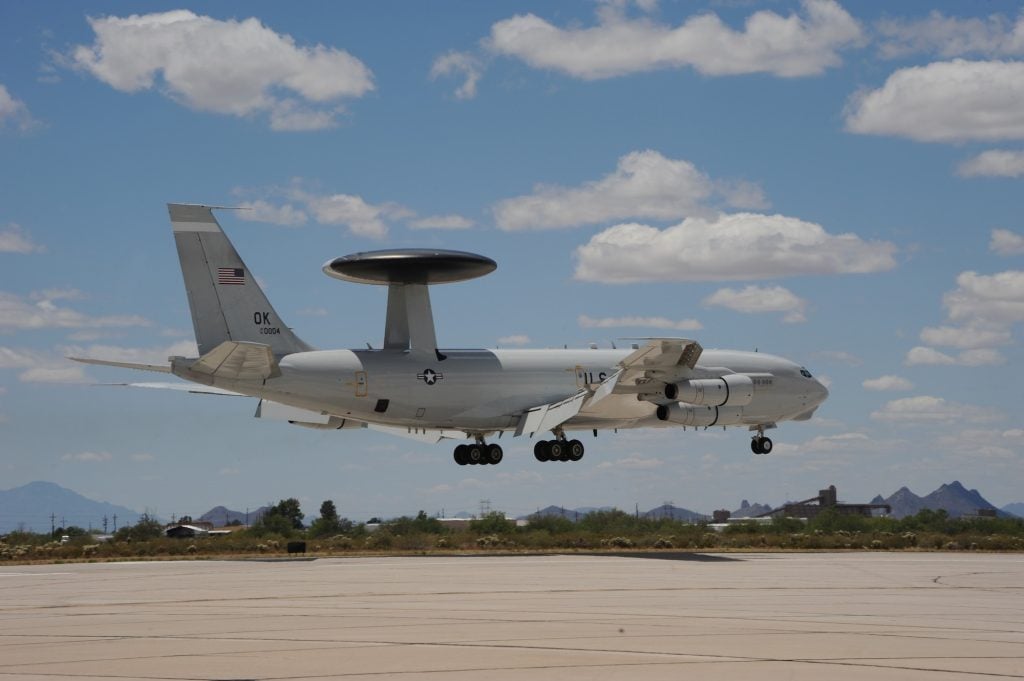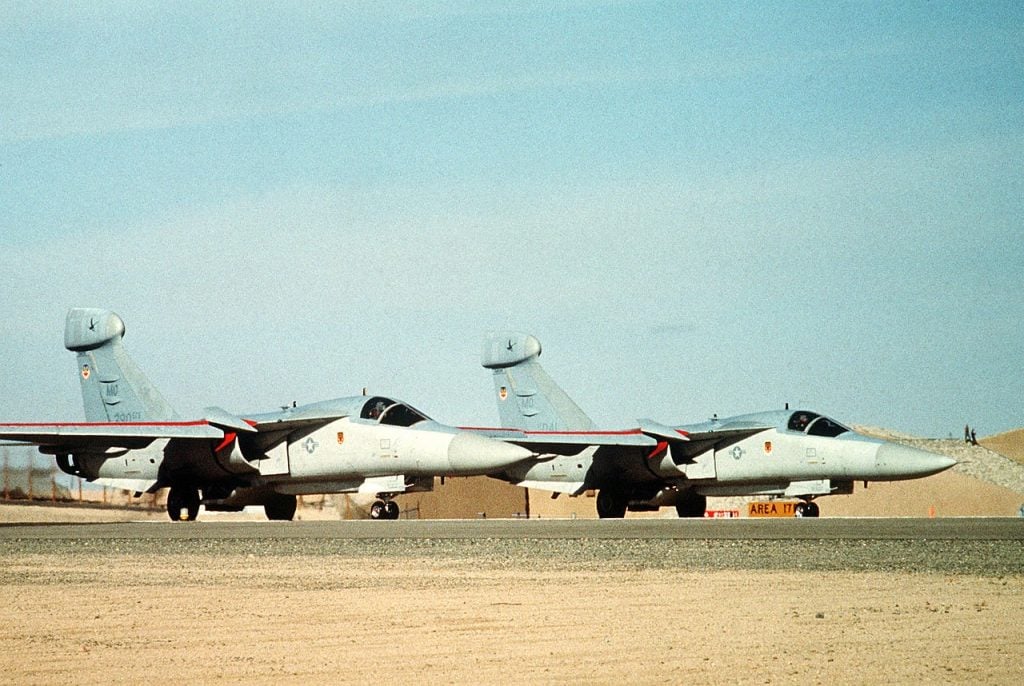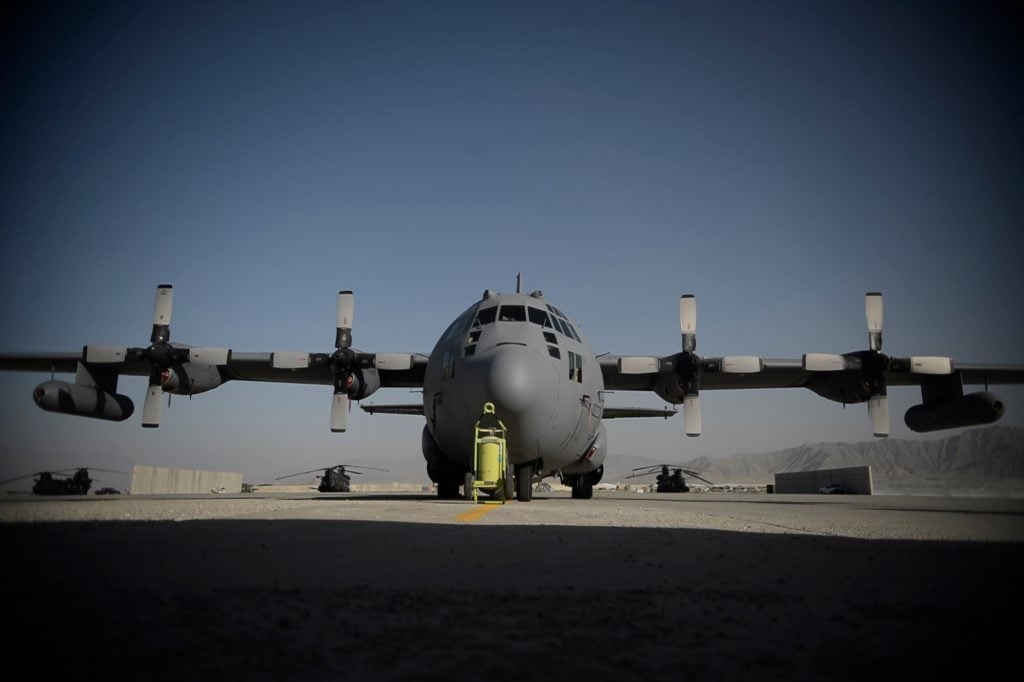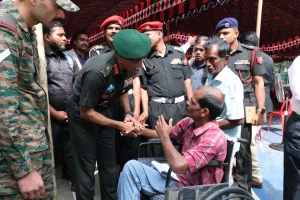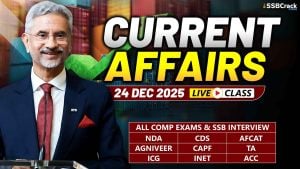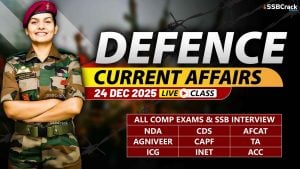The Cold War era witnessed a remarkable surge in electronic warfare capabilities, ushering in a new era of specialized aircraft designed to dominate the electromagnetic spectrum. These cutting-edge platforms played pivotal roles in gathering intelligence, jamming enemy communications, and enhancing battlefield awareness – proving to be crucial assets in the ongoing geopolitical tug-of-war between the superpowers. From the Soviet Union’s formidable Tupolev Tu-16 ELINT variant to the United States’ versatile Grumman EA-6B Prowler, the top electronic warfare aircraft of the Cold War era showcased the relentless technological advancements and strategic importance of this domain. In this comprehensive article, we delve into the capabilities, histories, and legacies of the Best Electronic Warfare Aircraft from Cold War Times.
The Top 5 Supersonic Bombers That Ruled the Cold War Skies
1. Tupolev Tu-16 (ELINT)
Spearheading the Soviet electronic warfare arsenal, the Tupolev Tu-16 ELINT variant was a formidable asset in the intelligence-gathering domain. Designed as a strategic heavy bomber, this aircraft boasted the most powerful turbojet engines available to Soviet engineers at the time, enabling it to reach impressive speeds and ranges. However, the real strength of the Tu-16 ELINT lay in its extensive surveillance capabilities, which allowed the Soviet Union to gather crucial electronic signals from adversaries across various theaters of operation.
Technological Advancements
The Tu-16 ELINT was the first Soviet bomber to feature swept-back wings, enhancing its high-speed performance. Its aerodynamic design, combined with the powerful turbojet engines, made the aircraft a versatile platform capable of executing a wide range of missions. The sophisticated electronic intelligence-gathering systems integrated into the ELINT variant enabled the Soviets to maintain a comprehensive understanding of their adversaries’ electronic activities, providing a significant strategic advantage.
Operational History
The Tu-16 ELINT served as a cornerstone in the Soviet electronic warfare arsenal, operating well into the 1990s. Its extensive service life and the crucial intelligence it gathered made the aircraft an indispensable asset for the Soviet Union and its allies during the Cold War. Even today, the Russian Air Force maintains a limited number of Tu-16s in active service, underscoring the enduring impact of this iconic electronic warfare platform.
2. Grumman EA-6B Prowler
Developed by Grumman (now Northrop Grumman) based on the successful A-6 Intruder ground attack aircraft, the EA-6B Prowler was a dedicated electronic warfare platform designed to protect strike aircraft and ground troops by jamming enemy radar and communications. This versatile jet served with distinction in numerous conflicts, including the Cold War and the Vietnam War, safeguarding allied forces and ensuring mission success.
Capabilities and Specifications
The Prowler boasted impressive performance specifications, with a maximum speed of 566 knots (651 mph) and a range of 2,100 nautical miles (2,400 miles). Its powerful electronic warfare suite allowed it to effectively disrupt and degrade enemy radar and communication systems, providing a critical force multiplier for allied operations.
Longevity and Legacy
The EA-6B Prowler’s service life was remarkable, spanning nearly five decades from 1971 to 2019, when it was finally retired by the United States Marine Corps. This extended operational lifespan underscores the aircraft’s effectiveness and the enduring importance of electronic warfare capabilities in modern military operations. The Prowler’s legacy continues to influence the development of next-generation electronic warfare platforms, ensuring the continued dominance of the electromagnetic spectrum.
3. Boeing E-3 Sentry
The Boeing E-3 Sentry, affectionately known as the “AWACS” (Airborne Warning and Control System), was a pivotal component of the United States Air Force’s command and control infrastructure during the Cold War. Developed to provide all-weather surveillance, command, control, and communications, the E-3 Sentry played a crucial role in enhancing situational awareness and operational coordination for allied forces.
Distinctive Design and Capabilities
Easily identifiable by its distinctive rotating radar dome (rotodome) atop the fuselage, the E-3 Sentry was based on the Boeing 707 commercial airframe, making it the last of the 707’s derivatives. Despite its commercial origins, the E-3 was equipped with advanced radar and communication systems that enabled it to effectively monitor airspace, coordinate air operations, and provide early warning of potential threats.
Longevity and Impending Replacement
The E-3 Sentry has served the USAF and its allies for close to five decades, cementing its status as a pivotal component of the air defense infrastructure. However, as technology continues to evolve, the E-3 is set to be replaced by the more advanced Boeing E-7 Wedgetail, which promises enhanced capabilities and improved performance. The USAF has announced that it will phase out all of its E-3 Sentries by 2027, marking the end of an era for this iconic electronic warfare aircraft.
The Five Most Famous Battleships Ever
4. General Dynamics-Grumman EF-111A Raven
The General Dynamics-Grumman EF-111A Raven, affectionately known as the “Spark-Vark,” was an electronic warfare variant of the formidable F-111 Aardvark fighter-bomber. Designed to suppress enemy air defenses and provide electronic countermeasures support, the Raven played a crucial role in the USAF’s electronic warfare capabilities during the Cold War era.
Modifications and Capabilities
In the early 1970s, Grumman began modifying 42 Aardvark fighter jets by adding advanced jamming equipment, resulting in the creation of the EF-111A Raven. This variant was capable of achieving impressive top speeds of up to 1,270 knots (1,453 mph), making it one of the few Cold War-era electronic warfare jets capable of supersonic flight.
Operational History and Retirement
The EF-111A Raven first served with the 390th Electronic Combat Squadron at Mountain Home Air Force Base, Idaho, before being based at Cannon Air Force Base, New Mexico. Despite its critical role in supporting air operations and providing comprehensive electronic warfare support, the Raven’s service life was relatively short-lived, with the aircraft being retired in 1998 after just 15 years of active duty.
5. Lockheed EC-130H Compass Call
The Lockheed EC-130H Compass Call is the United States Air Force’s dedicated electronic attack aircraft, built upon the sturdy C-130 Hercules transport platform. Designed to disrupt enemy command and control communications, radar, and navigation systems, the Compass Call has played a pivotal role in various conflicts, providing a strategic advantage by neutralizing adversary communication networks.
Specialized Capabilities and Crew
The EC-130H’s complex responsibilities include tactical jamming, disruption of communications, radar and navigation, offensive counterinformation, and Suppression of Enemy Air Defenses (SEAD). To fulfill these demanding tasks, the aircraft can accommodate a crew of up to 13 personnel, including four flight and navigation specialists and nine mission equipment operators.
Enduring Relevance and Adaptability
Despite being introduced more than four decades ago, the Compass Call continues to serve as a critical asset in the USAF’s electronic warfare arsenal. The aircraft’s easily modified design has allowed it to adapt to the evolving operational requirements, ensuring its ongoing relevance and strategic importance in various conflicts.
Why India’s T-90 Mk-III Tanks Are Among the Best
Conclusion
The Cold War era witnessed a remarkable evolution in electronic warfare capabilities, as both the United States and the Soviet Union sought to gain a decisive advantage in the electromagnetic spectrum. The top five electronic warfare aircraft highlighted in this article – the Tupolev Tu-16 ELINT, Grumman EA-6B Prowler, Boeing E-3 Sentry, General Dynamics-Grumman EF-111A Raven, and Lockheed EC-130H Compass Call – each played a pivotal role in shaping the course of the Cold War and the broader landscape of modern military operations.
These specialized platforms showcased the relentless pursuit of technological superiority, as they were designed to gather crucial intelligence, disrupt enemy communications, and enhance battlefield awareness. Their legacies continue to influence the development of next-generation electronic warfare systems, ensuring that the military maintains a dominant position in the ever-evolving domain of electronic warfare.
As the world moves forward, the lessons learned and the technological advancements pioneered by these iconic Cold War-era electronic warfare aircraft will undoubtedly continue to shape the future of military aviation and the ongoing struggle for strategic dominance in the electromagnetic spectrum.
FAQs
1. What is aircraft electronic warfare?
An electronic-warfare aircraft is designed for electronic warfare (EW), which involves undermining enemy radar and radio systems through techniques such as radar jamming and deception. For example, in 1943, British Avro Lancaster aircraft were fitted with chaff to disrupt enemy air defense radars.
2. Does India have electronic warfare aircraft?
The Defence Research and Development Organisation (DRDO) has successfully tested a cutting-edge electronic warfare (EW) suite on the Tejas-PV1, a light combat aircraft of the Indian Air Force. This advanced EW system is a collaborative effort between DRDO and the Indian Navy.
3. What is the fastest Cold War jet?
Lockheed SR-71 Blackbird
4. What are the three pillars of electronic warfare?
Modern Electronic Warfare consists of three essential components: Electronic Attack (EA), Electronic Support (ES), and Electronic Protection (EP).
5. What is the 11 Shakti electronic warfare system?
The Shakti EW System is a domestically designed, developed, and manufactured electronic warfare system. It is adept at accurately intercepting electronic emissions and implementing countermeasures in complex electromagnetic environments. This system will be installed on the Indian Navy’s capital warships.
